Lab members Carrie Levine and John Battles contributed to a paper led by ESPM graduate student Sydney Glassman, entitled: Ectomycorrhizal fungal spore bank recovery after a severe forest fire: Some like it hot. This study investigated the effect of the Rim Fire, one of California’s largest wildfires in history, on the fungal spore bank.
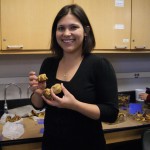
Ectomycorrhizal fungi form symbiotic relationships with plants, especially trees. The fungi increases the surface area of the tree roots to allow it better access to nutrients, and the tree provides the fungi with carbon. As obligate mutualists, neither organism can survive without the other. Typically, high severity fires will kill soil fungi, but the fungi may be able to persist via a spore bank. This functions similarly to a seed bank. In areas adapted to low frequency, high severity fires, a subset of ECM fungi can survive in a soil spore bank as fire-resistant spores, but it is unknown whether the same is true for forests that are not adapted to these sorts of fire regimes.
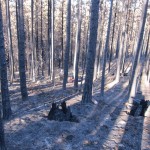
Glassman et al. found that the spore bank persists after extreme fire even in a system that is not adapted for such extreme events. The presence of most taxa was not affected by the fire, and the bioassay method used in this study appears to be a good proxy for studying in situ spore bank dynamics.
These study findings were published in the ISME Journal, a publication of the International Society for Microbial Ecology.

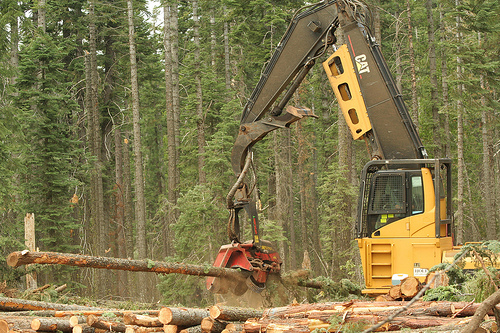
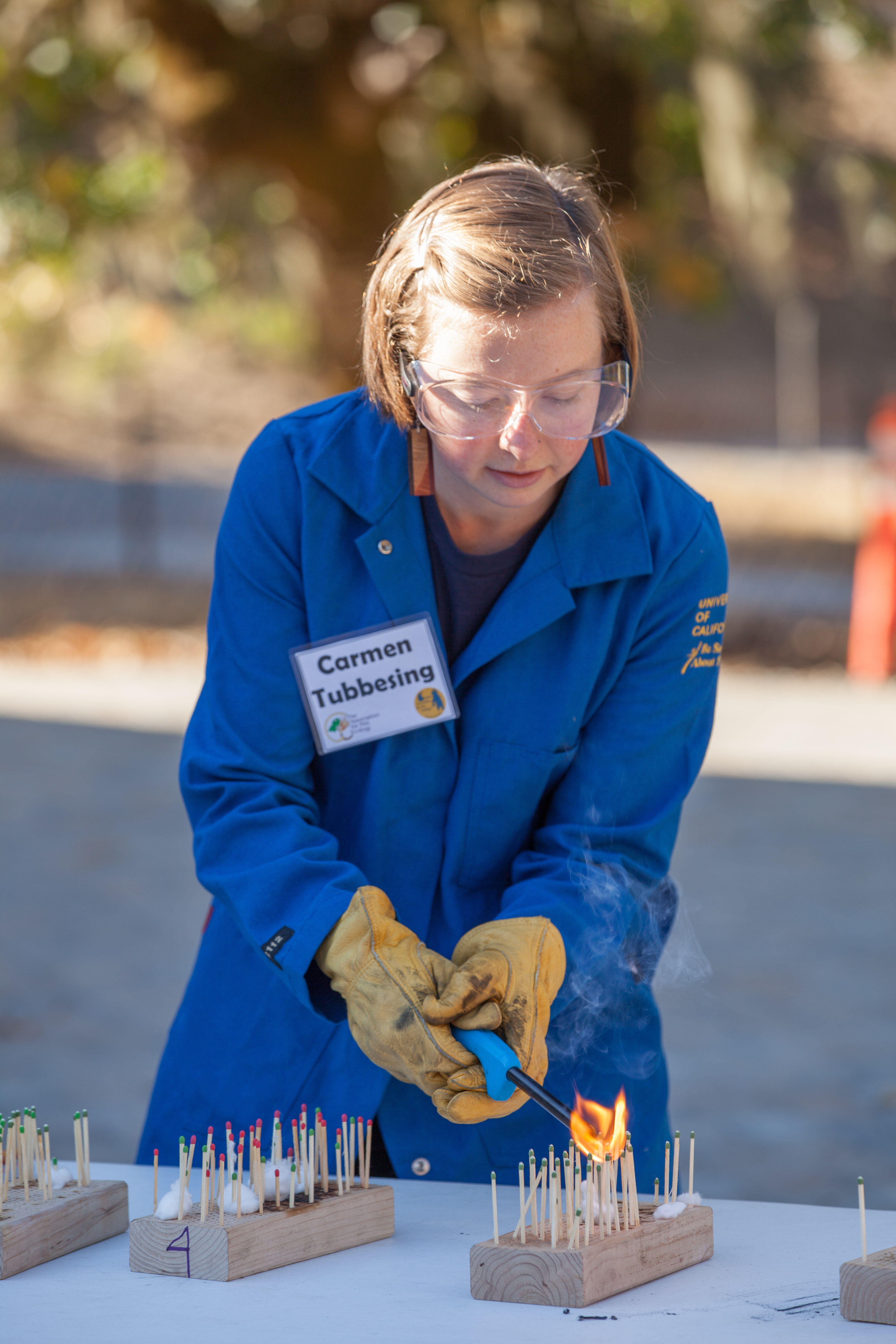
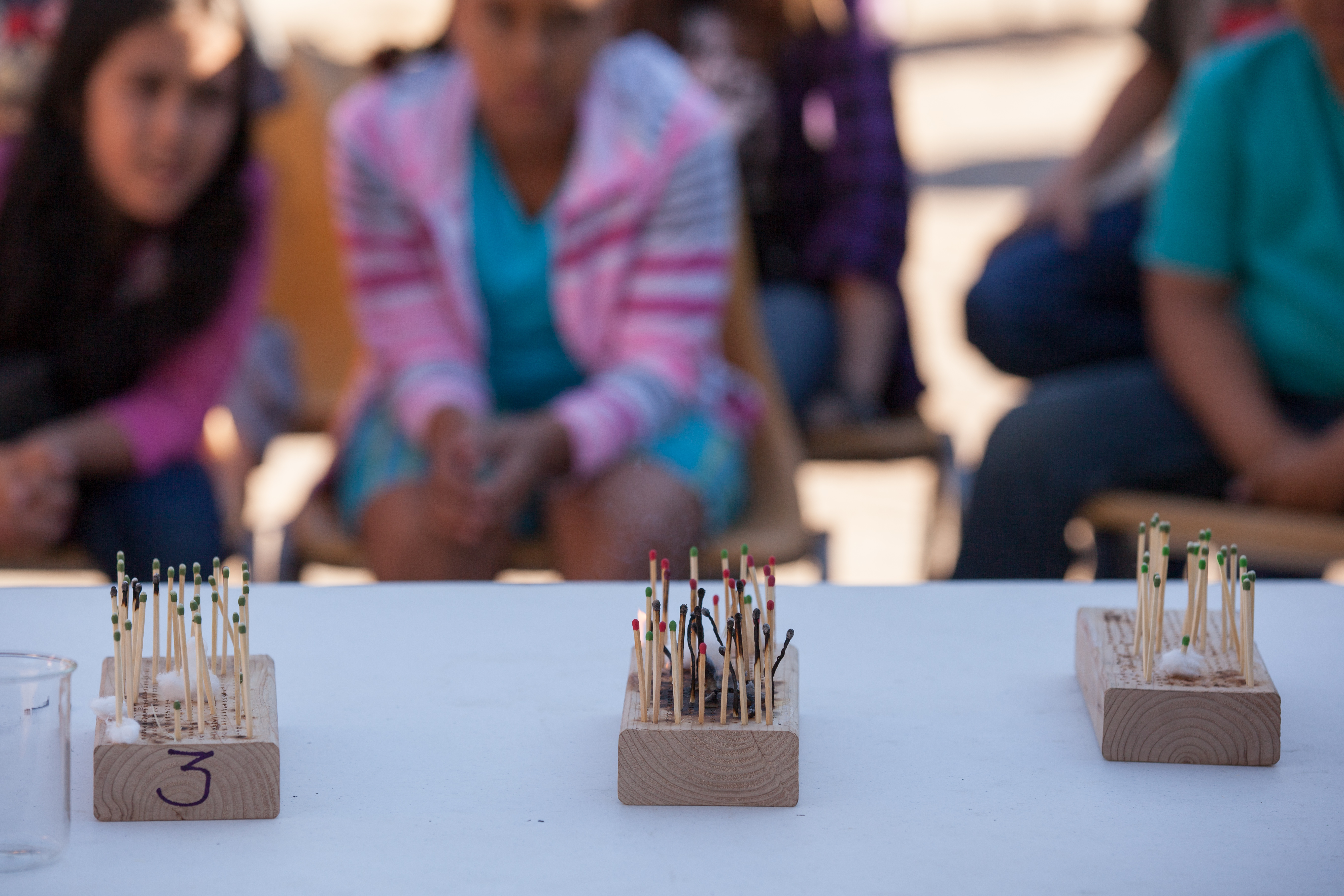
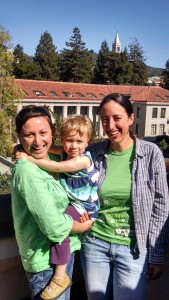
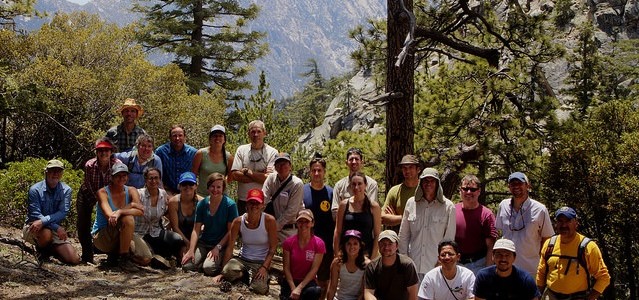
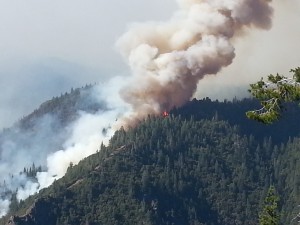
 As ecologists, we know that there is a never-ending supply of things to learn about the forest. So in recent outreach and education activities, PhD student
As ecologists, we know that there is a never-ending supply of things to learn about the forest. So in recent outreach and education activities, PhD student 
 This fall our lab group is happy to welcome visiting student researchers Andie Irons and Briana Becerra.
This fall our lab group is happy to welcome visiting student researchers Andie Irons and Briana Becerra. Congratulations to Stella Cousins who continues to shine as a scientist and communicator. She received an inaugural award in the Graduate Training in Cooperative Extension Program to support her work to bring the forest into the classroom. She also successfully competed for a grant from the Renewable Resources Extension Act to expand her smartphone microscope project. Stella’s work with Cooperative Extension and the Forestry Institute for Teachers was recently featured in ESPM’s departmental blog. Check out
Congratulations to Stella Cousins who continues to shine as a scientist and communicator. She received an inaugural award in the Graduate Training in Cooperative Extension Program to support her work to bring the forest into the classroom. She also successfully competed for a grant from the Renewable Resources Extension Act to expand her smartphone microscope project. Stella’s work with Cooperative Extension and the Forestry Institute for Teachers was recently featured in ESPM’s departmental blog. Check out